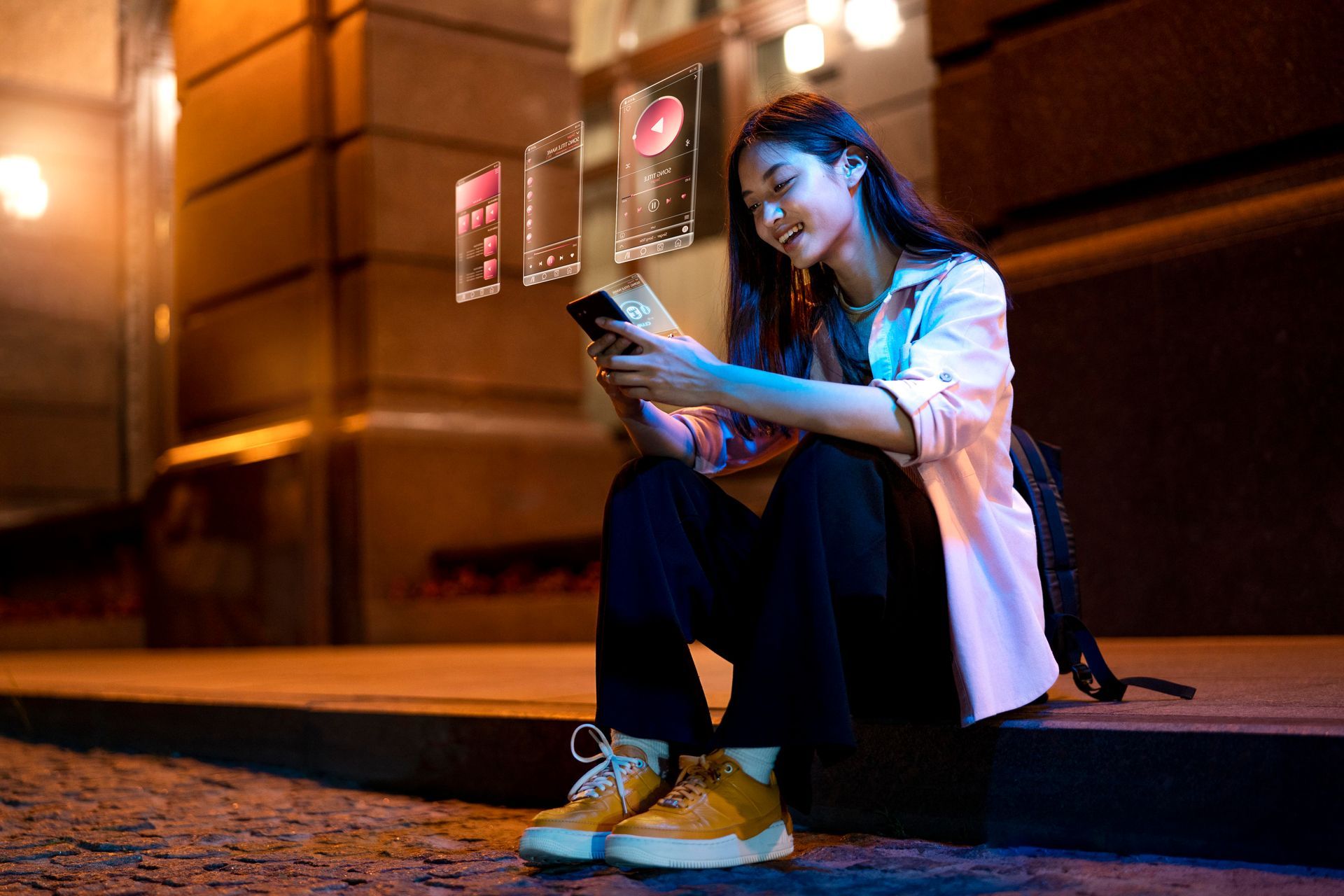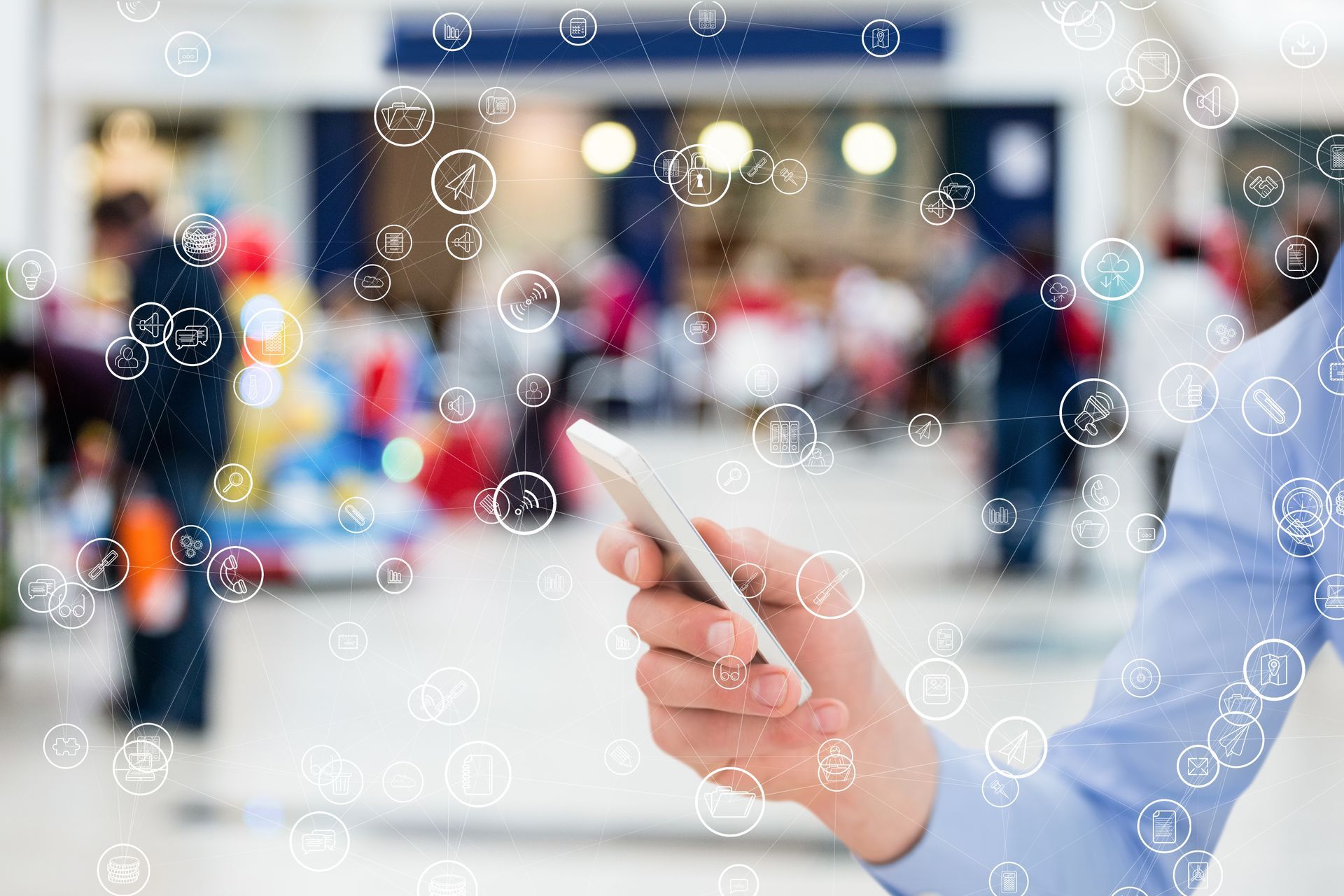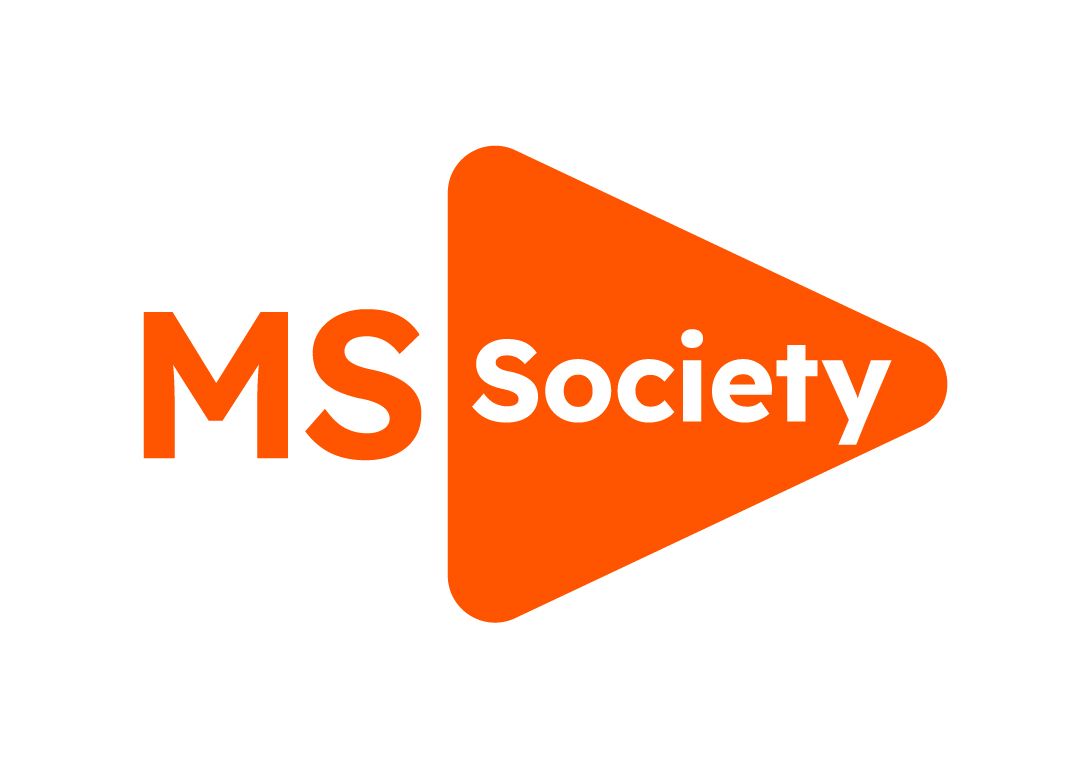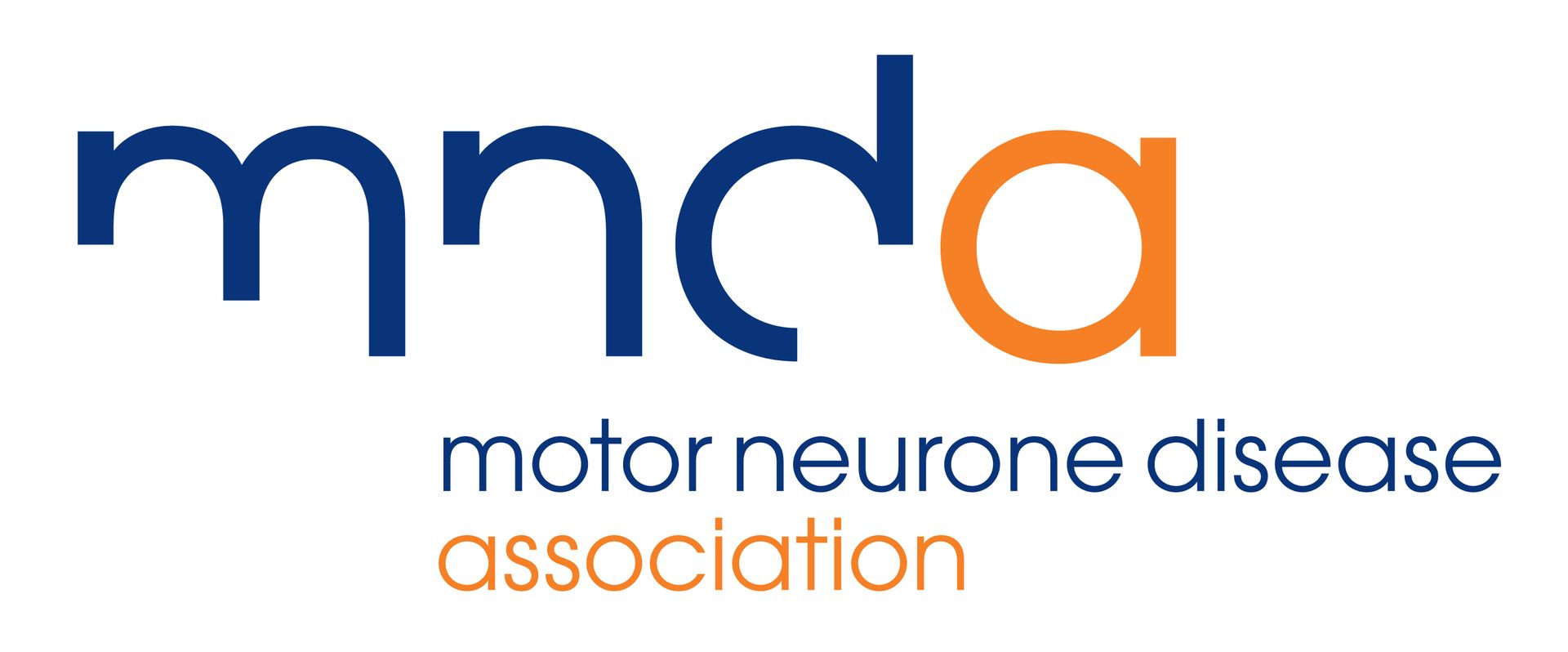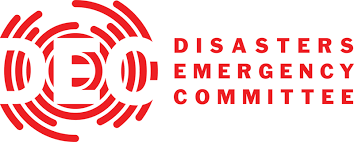QR Code for Event Planning
QR codes have become a popular tool for providing easy access to information, as they are two-dimensional barcodes that can be scanned with a smartphone camera to direct users to a specific webpage or content. Including QR codes in event planning and connecting them to digital platforms like Linktree can significantly improve the attendee experience by providing access to relevant information in a user-friendly and sustainable way. The use of QR codes can reduce printing costs and paper waste, making events more environmentally friendly.
Solution for Internal
Here are some reworded statements for the different areas where QR codes can be utilised in event planning:
- Registration: Attendees could be given QR codes that can be scanned to register their attendance. This would provide an accurate count of attendees during the event, including those who attend specific workshops and anchor days.
- Session Information: QR codes placed outside session rooms can provide attendees with relevant information about the session, the speaker, and any additional resources. This can be used to enhance learning and development during the session, while also providing a more digital footprint for the event.
- Cost Savings: By incorporating QR codes we would be able to reduce printing costs and paper waste, resulting in cost savings and a smaller environmental footprint. Additionally, utilising the internal and external TVs for displaying event information would be a very eco-friendly approach.
- Feedback: QR codes included in session evaluation forms allow attendees to quickly provide feedback about the session they attended. This can streamline the feedback collection process, and sending out reminders would likely encourage attendees to complete the survey on the same day to ensure their experience is still fresh in their minds.
- Streamlined Processes: The use of QR codes for registration and networking helped to streamline these processes, reducing wait times and increasing efficiency.
Solution for external
QR codes can be incorporated into external event planning in several areas, including:
- Registration: Registration can be streamlined by providing attendees with QR codes that can be scanned to register their attendance, which will lead them to a simple form to provide their email address. This approach allows for delivering additional information via email later in the day, providing a perfect opportunity to pick up leads and expand marketing lists quickly and easily.
- Session Information: By placing QR codes next to tablets or TVs, attendees can easily access relevant information about the session, the speaker, and any additional resources. This approach can enhance the learning and development experience during the event, making it easier for attendees to access and interact with the content.
- Networking: QR codes were included on attendee badges, allowing attendees to quickly connect and exchange contact information by scanning each other's badges. This would be the perfect opportunity to utilise the QR business cards.
- Results: The use of QR codes at the conference provided several benefits such as improved attendee experience, Attendees were able to quickly access information and resources, reducing frustration and increasing satisfaction.
- Cost Savings: By incorporating QR codes we would be able to reduce printing costs and paper waste, resulting in cost savings and a smaller environmental footprint. Additionally, utilising the internal and external TVs for displaying event information would be a very eco-friendly approach.
- Increased Engagement: The inclusion of QR codes on session evaluation forms increased response rates, providing valuable feedback for session organisers and speakers.
- Streamlined Processes: The use of QR codes for registration and networking helped to streamline these processes, reducing wait times and increasing efficiency.
Overall, the use of QR codes at the conference/event has proved to be a successful solution for improving the attendee experience, reducing costs, and increasing engagement. The success of this approach demonstrates the potential for using QR codes in other event settings and beyond.







